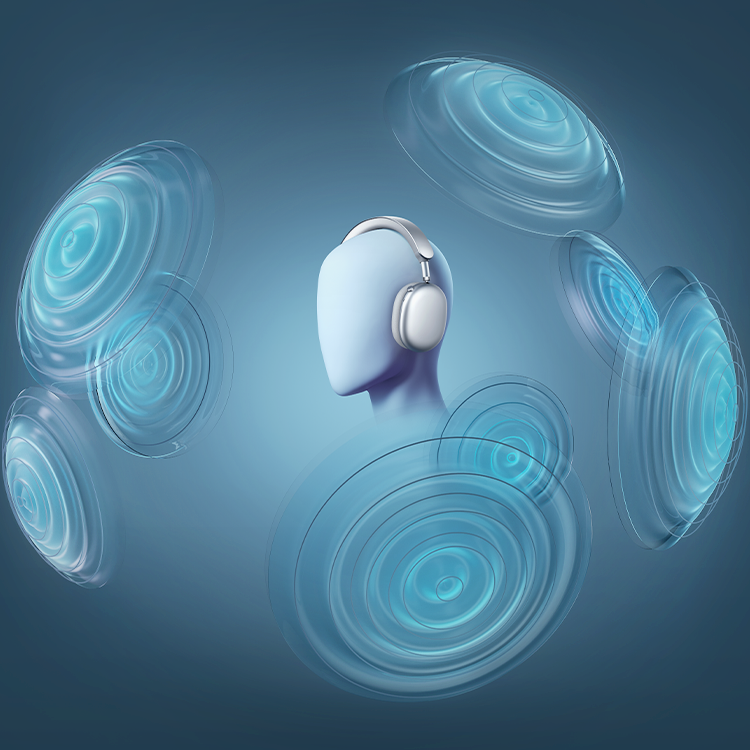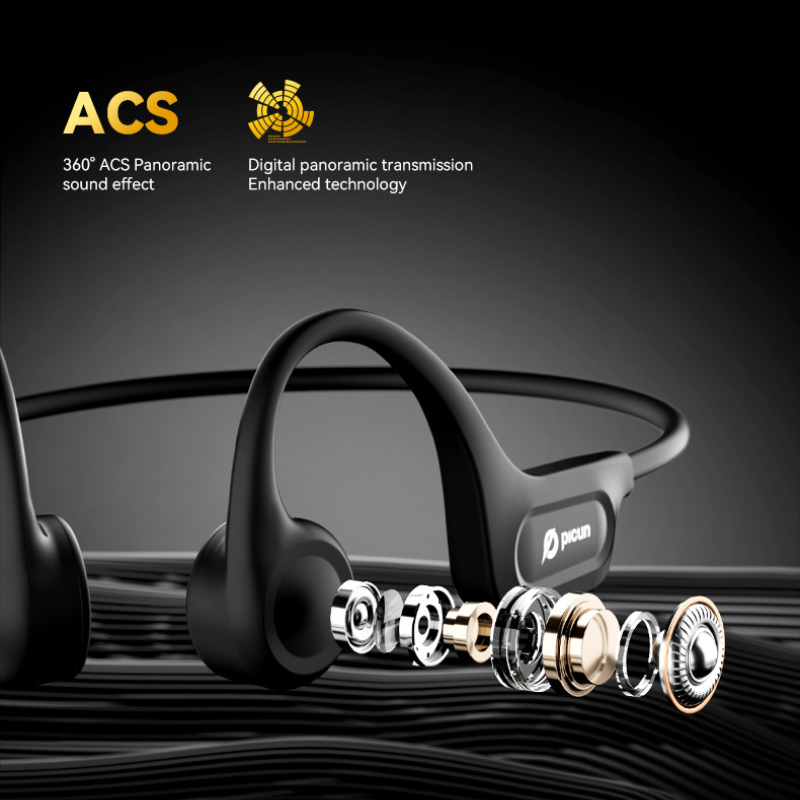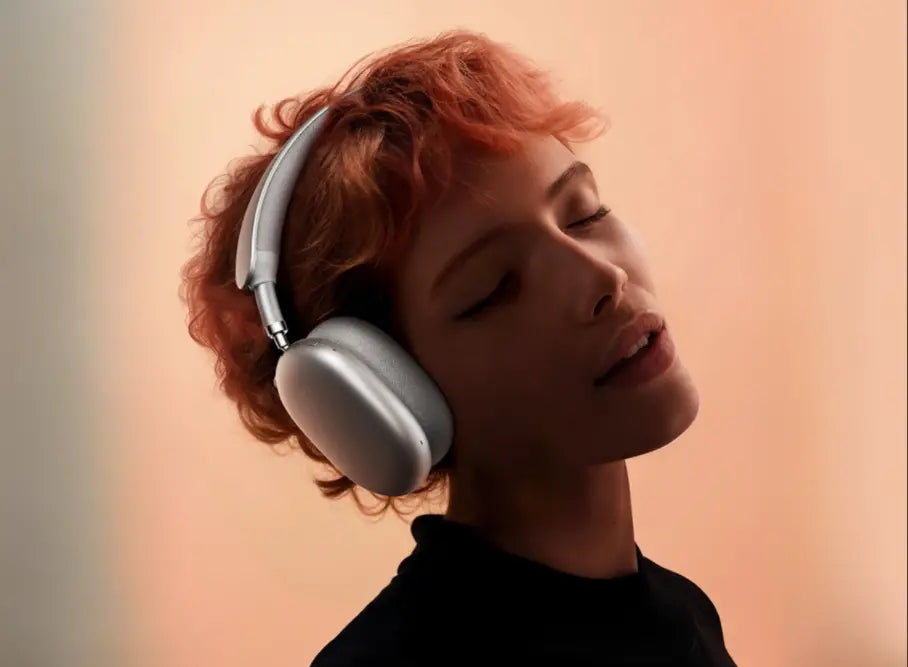In recent years, headphones have evolved far beyond simple left-right stereo. With features like noise cancellation, spatial audio, and now — Head-Tracking — listening has become more immersive than ever. But how exactly does Head-Tracking work? And why are more brands, including PICUN, starting to bring this high-end feature into accessible models like the PICUN F8 Pro?
Let’s go inside the tech.
🧠 1. What Is Head-Tracking in Headphones?
Head-Tracking is a technology that allows headphones to detect your head movement in real time and adjust the audio accordingly.
In simpler terms: as you turn, tilt, or move your head, the soundstage stays in place, making the audio feel anchored in the real world.
This creates a three-dimensional, natural listening experience. For example, if you’re watching a movie and turn your head to the left, the voices and sound effects still sound like they’re coming from the screen — not shifting with your ears.
It mimics how sound behaves in real life, enhancing realism, spatial awareness, and immersion.
🔧 2. What Components Make Head-Tracking Work?
To deliver this effect, head-tracking headphones rely on a smart combination of hardware and software:
-
Motion Sensors:
These include gyroscopes and accelerometers, which detect head rotation, tilt, and movement in space. -
Real-Time Processing Chips:
A built-in processor interprets data from the sensors and calculates how the sound field should shift based on your movement. -
Spatial Audio Engine:
The headphone’s firmware uses advanced audio algorithms to anchor the sound, so it remains “fixed” in space while your head moves. -
Bluetooth Synchronization (in wireless models):
For video and gaming, some head-tracking systems synchronize audio and motion with your device to maintain low latency and accurate directional sound.
These components work together to create a seamless audio illusion — one where your ears and your brain believe the sound is coming from a fixed source in 3D space.
🚀 3. What Are the Real Benefits of Head-Tracking?
You might be thinking: “Is this just a fancy gimmick?” Actually, NO! — head-tracking has several real-world benefits, especially when paired with spatial audio:
✅ Immersive Movie Watching
Feel like you're in the scene. Sound cues stay locked to the screen, not your head.
✅ Enhanced Gaming Experience
In games, positional awareness is everything. Head-tracking gives you more accurate, responsive sound cues — making you feel inside the action.
✅ Improved Focus for Work & Study
With sound staying fixed in space, your brain naturally isolates sound better. It reduces fatigue and can help with concentration.
✅ Natural Listening for Music
In supported tracks or formats, instruments and vocals feel more “placed” in space — not just in your ears, but around you.
⭐ 4. Which Headphones Use Head-Tracking? And Why PICUN F8 Pro Stands Out?
Head-tracking was once reserved for premium flagship headphones from brands like:
-
Apple AirPods Pro / AirPods Max
-
Sony WH-1000XM5
-
Bose QuietComfort Ultra
But now, Picun is bringing this immersive tech to a broader audience with the PICUN F8 Pro — at a price that’s far more accessible.
🎧 Why PICUN F8 Pro Deserves Your Attention:
-
✔️ Built-in head-tracking for immersive spatial audio
-
✔️ Ergonomic over-ear design for long-term comfort
-
✔️ High-quality drivers tuned for clear, balanced sound
-
✔️ Affordable — making premium tech available to more users
With PICUN F8 Pro, PICUN proves that head-tracking isn’t just for audiophiles or elite tech users — it’s a game-changing feature that anyone can enjoy, whether you're working, gaming, or just vibing to your playlist.
🧩 Final Thoughts
Head-Tracking is more than a buzzword — it’s a step closer to truly natural sound.
And thanks to brands like PICUN, that step is now within reach for everyone.
Whether you're after immersion, focus, or just a cooler listening experience, Head-Tracking changes the game — and the PICUN F8 Pro might be the perfect way to try it for yourself.


